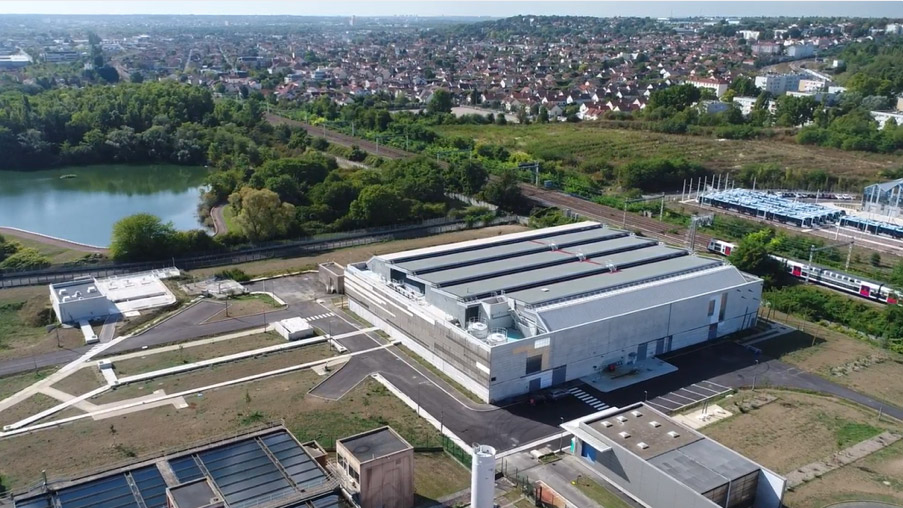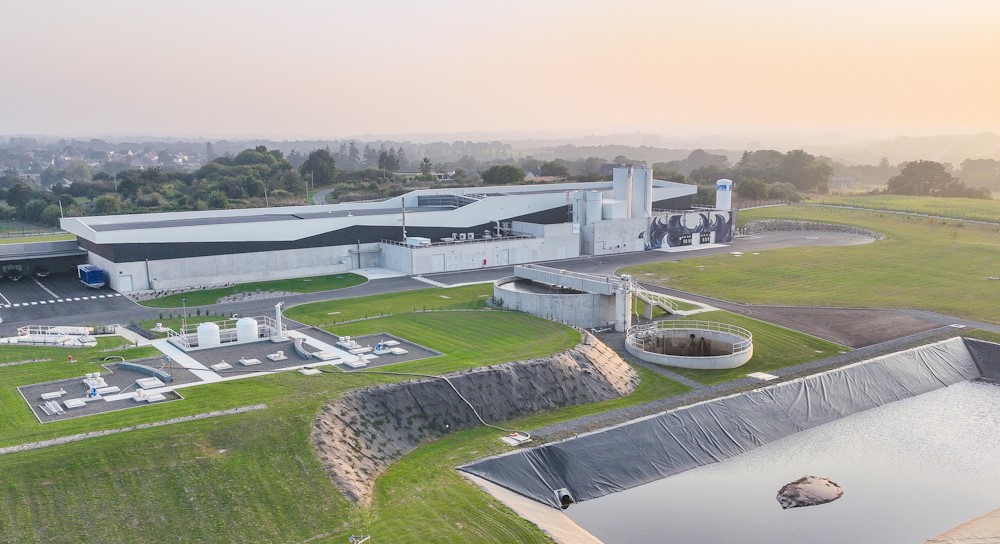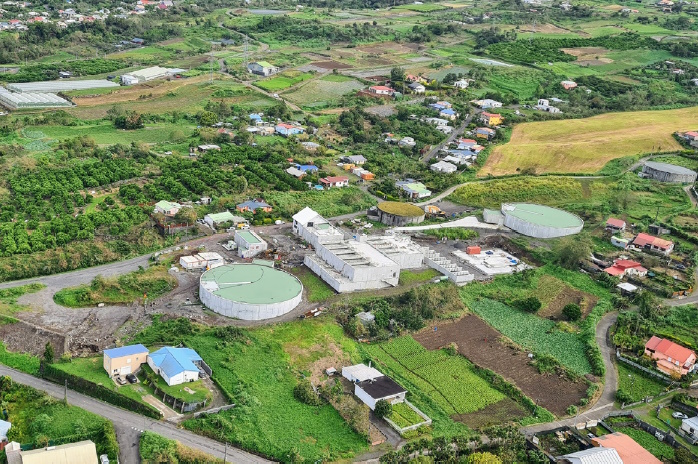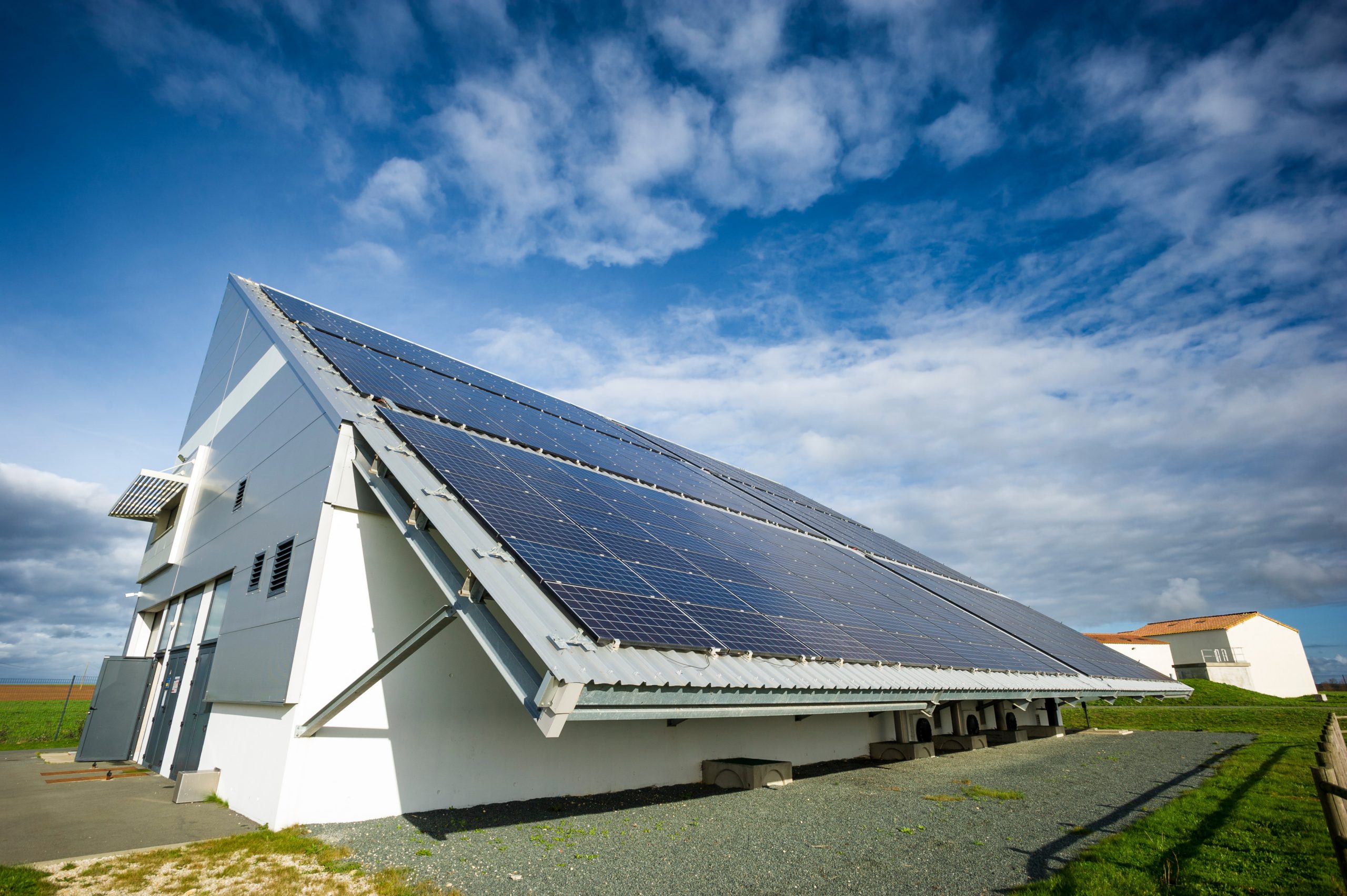- Digital solutions, Drinking water
Orly (Val-de-Marne)
Orly 2: micropollutant-free water for Paris
To provide high-quality drinking water that meets the strictest health standards to nearly 650,000 Parisian residents. Eau de Paris, the leading public water company in France, has commissioned Stereau to equip the Orly drinking water production plant (Val-de-Marne) with a new treatment process that removes micropollutants.

The challenges
- To ensure excellent quality drinking water for years to come by better treating emerging pollutants.
- To enhance operational flexibility of the plant by creating a separate treatment line capable of producing 150,000 m3/day independently from the existing line, also enabling the provision of emergency water supply to neighboring distributors in times of crisis while ensuring the needs of Parisians.
Our solutions
The CarboPlus® process, developed and patented by Saur-Stereau, is at the core of the technical offering provided by Stereau for the treatment of micropollutants, a technology that offers the best quality-to-cost ratio both during its implementation and in the operational phase. The use of microgranular activated carbon allows for a very high performance in micropollutant treatment and produces no waste. Regenerable, activated carbon produces no waste.
In an effort to optimize the design and operation of its facilities, Eau de Paris has chosen to make the Orly 2 project a pilot operation for the implementation of Building Information Modeling (BIM) methodology and digital modeling. BIM facilitates information exchange among stakeholders, particularly between different trades. It enables a more comprehensive design of structures. When coupled with CMMS (Computerized Maintenance Management System), it allows for the integration of future operational and maintenance challenges of the plant.
Benefits
- High-quality drinking water achieved through water treatment with micrograin activated carbon.
- A simplified and cost-effective operation
- A circular economy project
- Enhanced long-term maintenance by linking BIM to CMMS
drinking water
for micropollutant treatment




